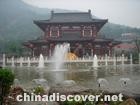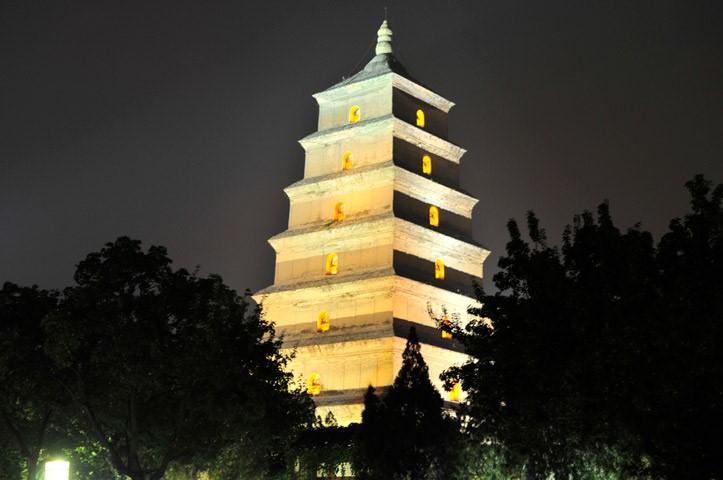Huaqing Hot Spring

Overview
The Huaqing Hot Springs, 30km east of Xi'an, was once the playground of Tang dynasty emperors, though there have been buildings there as ealy as the Western Zhou, with later additions built during the Qin and Sui dynasties. The hot springs are famous because of Yang Guifei, a regular guest and the central character in one of China's most enduring legends of ill-fated love.
Know more
Yang Guifei, also known as the fat concubine as well-proportioned women were considered the epitome of beauty during the Tang dynasty, was a girl of humble origins but of exceptional beauty. She attracted the attention of Tang dynasty emperor Xuanzong, who became so enamored by her beauty, he ignored his imperial duties. As the empire began to crumble from rebellion, the emperor was forced to flee Xi'an. While on the run, the emperor's courtiers, blaming Yang Guifei for order her to hang herself. The emperor, literally sick with grief, abdicated the throne to one of his sons.
The natural springs are considered to have beneficial minerals and there are several places to bathe. The Hot Springs Bathhouse offers private baths, but communal bath-houses have more of the local atmosphere and are inexpensive.
Must see
Remaining bathing site is still dainty, Huaqing Hot SpringHuan Garden is the former garden of the Huaqing Palace. There lie the Lotus Pavilion, Viewing Lake Tower (Wanghu Lou), Flying Rainbow Bridge (Feihong Qiao), Flying Glow Hall (Feixia Ge), and Five-Room Hall (Wujian Ting). In popular legend, the Flying Glow Hall was once the place where Yang Guifei would overlook the scenery and cool down her long hair. The Five-Room Hall was built in the late Qing Dynasty (1644-1911). It was the shelter of Empress Dowager Cixi after the Eight-Power Allied Force captured Peking in 1900, and was also the temporary residence of Chiang Kai-shek, the leader of the Chinese Nationalist Party during the world-famous Xian Incidence in 1936. The Huan Garden also features a large-scale mural carrying the inscription 'Yang Guifei Was Summoned to Serve the Emperor in Huaqing Hot Spring'. Composed of 90 white marbles, the mural is 9.15 meters (30 feet) long and 3.6 meters (11.8 feet) high. Depicting the scene of the feast in which Emperor Xuanzong summoned Yang Guifei, it reflects the prosperity of the Tang Dynasty.





